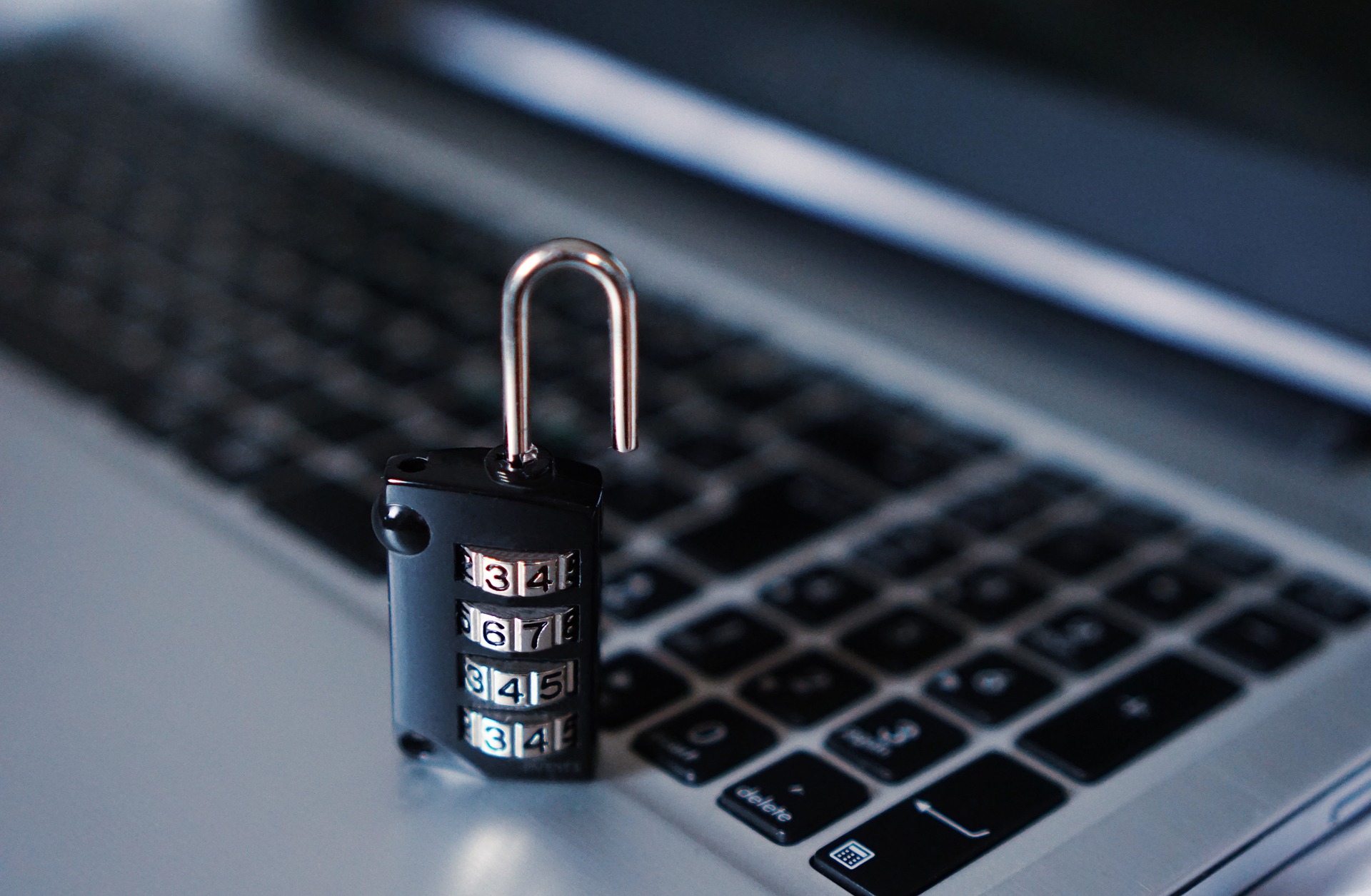Ransomware is nothing new, in fact, one of the first known attacks was in 1989. In recent news, you may have heard of the Royal Ransomware attack which targets and attacks critical infrastructure. In general, ransomware is malicious software or a type of malware that infects a computer or a network and encrypts the files, making them inaccessible to the user. The attacker then demands a ransom from the victim before sending the password to decrypt the files. This type of attack has become increasingly common in recent years and can have devastating consequences for individuals and businesses. This article will explain what ransomware is, how it works, and most importantly, how to protect yourself from it.
What is ransomware?
Ransomware is a type of malware that encrypts the files on a victim’s computer or network, making them inaccessible. The attacker then demands a ransom, usually in the form of cryptocurrency, in exchange for the decryption key that will restore the files. Ransomware can be spread through a variety of methods, including phishing emails, malicious websites, and infected software downloads.
How does ransomware work?
Ransomware works by exploiting vulnerabilities in a victim’s computer or network. Once the ransomware infects a system, it will begin to encrypt the files, making them inaccessible to the user. The attacker will then demand a ransom in exchange for the decryption key that will restore the files. The ransomware may also threaten to leak sensitive data or delete the files if the victim does not pay the ransom.
How to protect yourself from ransomware?
- Keep your software up to date: One of the best ways to protect yourself from ransomware is to keep your software up to date. Software updates often include security patches that address known vulnerabilities, making it much harder for attackers to exploit them.
- Use strong passwords and two–factor authentication: Using strong passwords can also help protect you from ransomware. Avoid using easy-to-guess passwords and instead use a combination of uppercase and lowercase letters, numbers, and symbols. Consider using a password manager to generate and store complex passwords. Two–factor authentication adds an extra layer of security by requiring a second factor, such as a code sent to your phone or email address, to access your accounts.
- Be careful of suspicious emails: Phishing emails are a common way for attackers to spread ransomware. Be wary of emails from unknown senders, especially if they contain attachments or links. Hover over links to check if they are legitimate, and never download attachments from unknown sources.
- Use antivirus software: Antivirus software can help detect and block ransomware infections. Make sure your antivirus software is up to date and set to scan your computer regularly.
- Backup your files regularly: Backing up your important files on a regular basis is essential to protecting yourself from ransomware. If your files become encrypted, you can simply restore them from a backup rather than paying the ransom. Make sure to store your backups on an external hard drive or in the cloud, and disconnect them from your computer when not in use.
- Be cautious of public Wi-Fi: Avoid using unknown public Wi-Fi networks, as they are often not secure and can leave you vulnerable to attacks.
- Educate yourself and others: Stay informed about the latest ransomware threats and educate yourself and others about how to stay safe online.
What to do if you become a victim of ransomware?
If you become a victim of ransomware, here are some additional steps you should take if you become a victim:
- Isolate the infected device: Disconnect it from the network to prevent the ransomware from spreading.
- Do not pay the ransom: Paying the ransom does not guarantee that your files will be restored, as there is no guarantee that you will receive the decryption key and it may encourage attackers to target you again in the future.
- Consult with security experts: Contact your IT department, a cybersecurity professional, or your security software provider for assistance in removing the ransomware and restoring your files.
- Restore from backup: If you have a recent backup of your files, restore them from that backup.
- Report the attack: Report the attack to the relevant authorities, such as law enforcement or a cybersecurity incident response team, to help prevent future attacks.
To conclude
Ransomware is a serious threat that can have devastating consequences for individuals and businesses. However, by following the steps outlined in this article, you can protect yourself from ransomware and reduce the risk of becoming a victim. Remember to keep your software up to date, use strong passwords, be careful of suspicious emails, use antivirus software, backup your data regularly avoid public wireless networks, and stay educated on current threats and ransomware. By taking these simple steps, you can ensure that your computer and data remain safe from ransomware attacks.
Ransomware can sound scary but it doesn’t have to be, with ongoing prevention and a solid online protection plan you can prevent ransomware attacks. However, if you still have questions or if you think you have become a victim of ransomware please contact us by visiting our website at www.eggheadit.com, by calling (760) 205-0105, or by emailing us at tech@eggheadit.com with your questions or suggestions for our next article.
IT | Networks | Business Phones | Security | Data Solutions


0 Comments